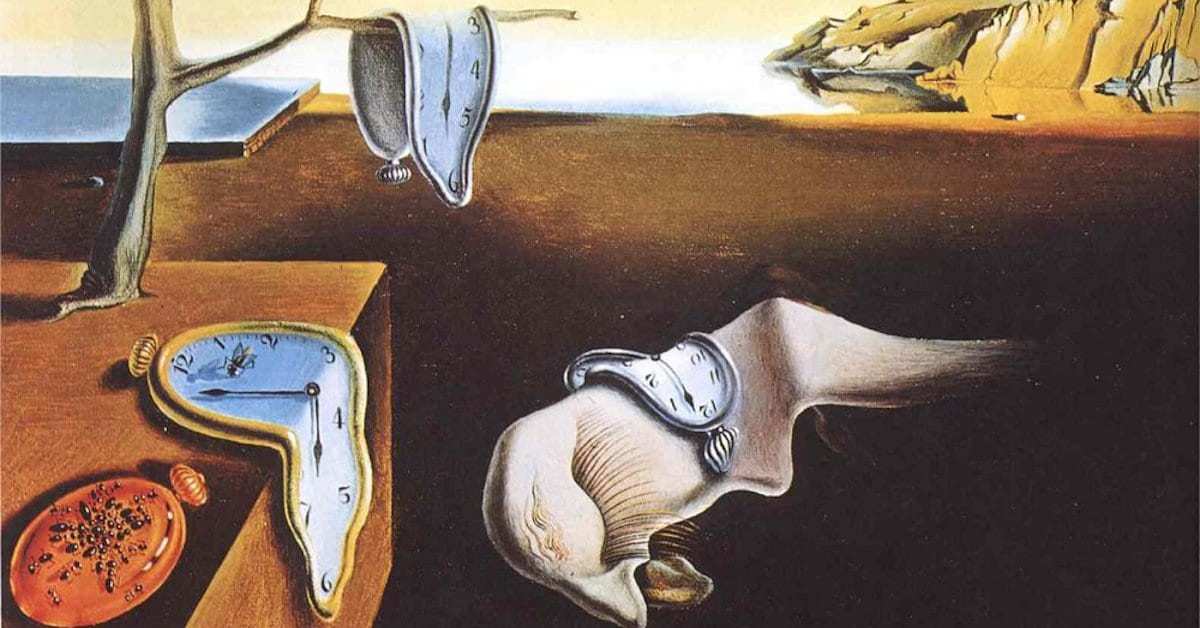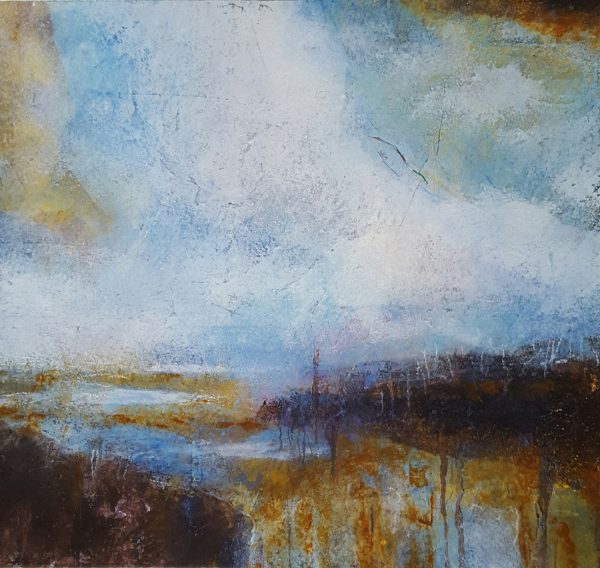Has there ever been an instance when your friend was mesmerised by a painting and you weren’t able to understand why? Art isn’t everyone’s cup of tea and there are different forms of art that everyone is intrigued by. However, if you want to admire and appreciate art, the three-step process outlined below might help guide you through what to look out for when observing a painting. But remember, everyone interprets art differently and at the end of the day, appreciation for art really comes from within.

1. Look At It For A While
Paintings aren’t meant to be looked at with just a brushing glance; you will have to spend some time to really look at from. Many critics recommend avoiding reading the description plaque immediately, because that will only lead you to find and search the painting’s subject on the art displayed, without involving your own input on what you see. However, reading the plaque can offer insight into the artist’s description and the historical context that might be at play there, beside the subject matter and use of certain techniques of painting. Try to look at the painting as you see it, and describe what attracts you to it; its colour, texture or the objects.
The painting below is Persistence of Memory by Salvador Dali. Taking it as an example, we can describe some of the objects we see – the melting clocks, the sleeping head, a snake creeping out of the head and the ants crawling all over the pocket watch. This art piece has a number of interesting objects that could have various connotations and meanings. What interesting things can you see in this painting?

2. Focus On The Details
This step involves delving in deeper with the description and inspecting each detail more closely. The use of lines, textures, colours, materials, visual effects and the play of light and shadow are some factors you should consider while connecting the art piece to the artist’s meaning. Instead of trying to figure out what the artist intended to paint and depict, focus on what the work says to you. Artists adopt different styles that are evident in their artwork. Where some may produce finely detailed and controlled work, others may be haphazard and wild, producing smacks and blotches of paintings around the canvas.
Into the Abyss by Cheryl McGannon depicts a dreamy picture of a coastal shoreline. The artist uses different layers to create an in-depth texture to his piece. The colours used are quite similar, with contrasting tones used to showcase the subject. What textures stand out to you? What colours stand out to you and what do you think is significant about them?

3. Think And Judge
Using the context that you have now collected, contemplate what the painting signifies and what emotions it invokes. Often art critics use the subject matter and the artist’s biography to determine the significance of the work. Look closely at what idea is being communicated through the work, and why it is intimidating – if at all. Take your time to examine your feelings and focus on what in the painting is evoking the emotion you’re feeling, and why. You’re free to form any kind of judgment you have of the painting, even if you find the painting repulsive or just a bad attempt at conveying a vague concept. Every judgment is valuable.
Starry Night by Vincent Van Gogh is well known for various reasons, but on analysing the work, what thoughts it kindles and the emotions it stirs up, may differ for many. The use of different shades of the same palette illicit a sense of calm, while the yellow orange appears as a fiery star that simultaneously, brings in excitement. The rolling wave techniques reinforce the sense of calm, alluding to waves of the sea. What emotions does this painting stir up in you? How do the small brushstrokes add to your feelings and judgments about the painting?










What do you think?
You must be logged in to post a comment.